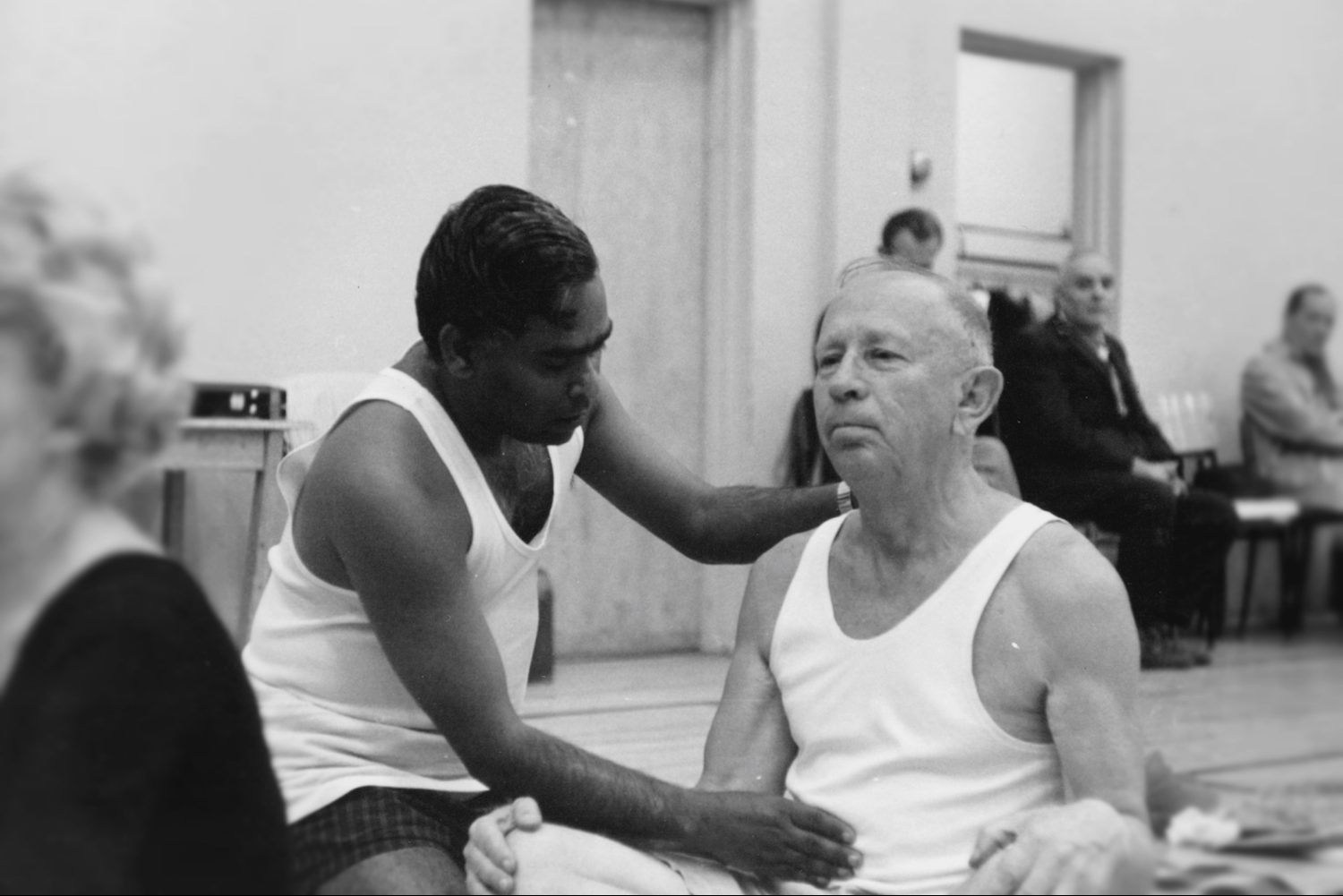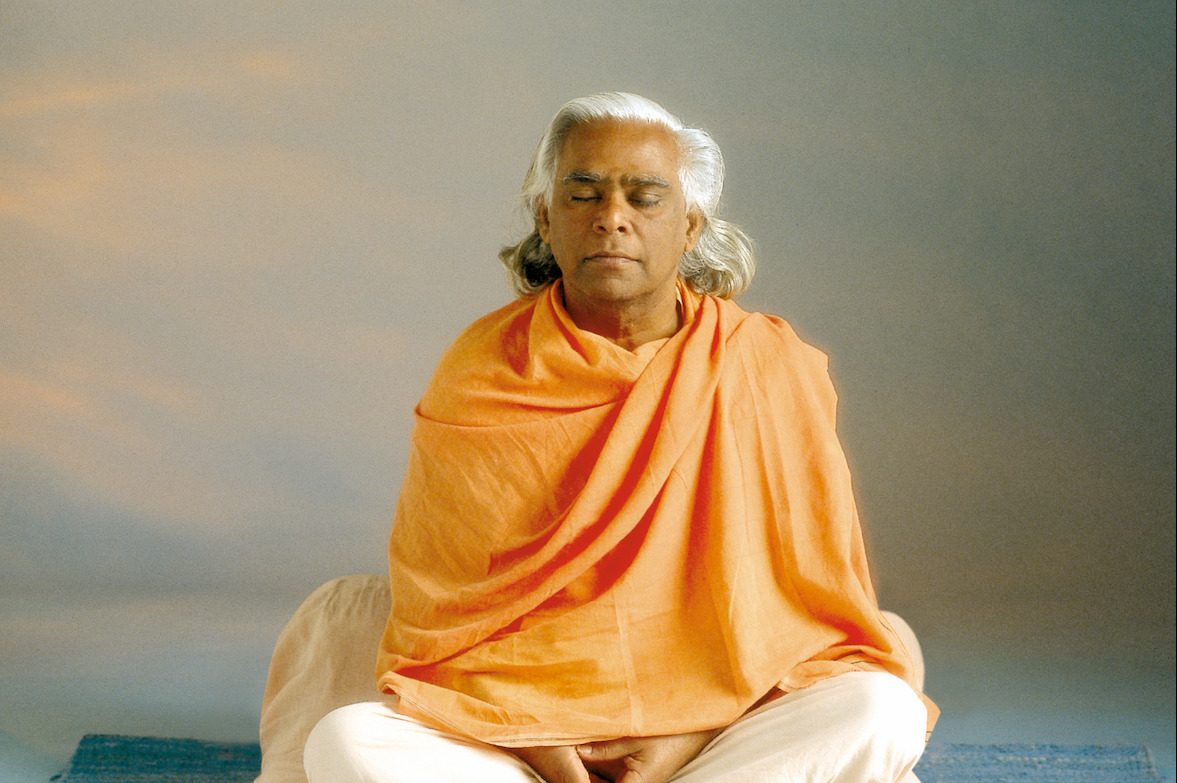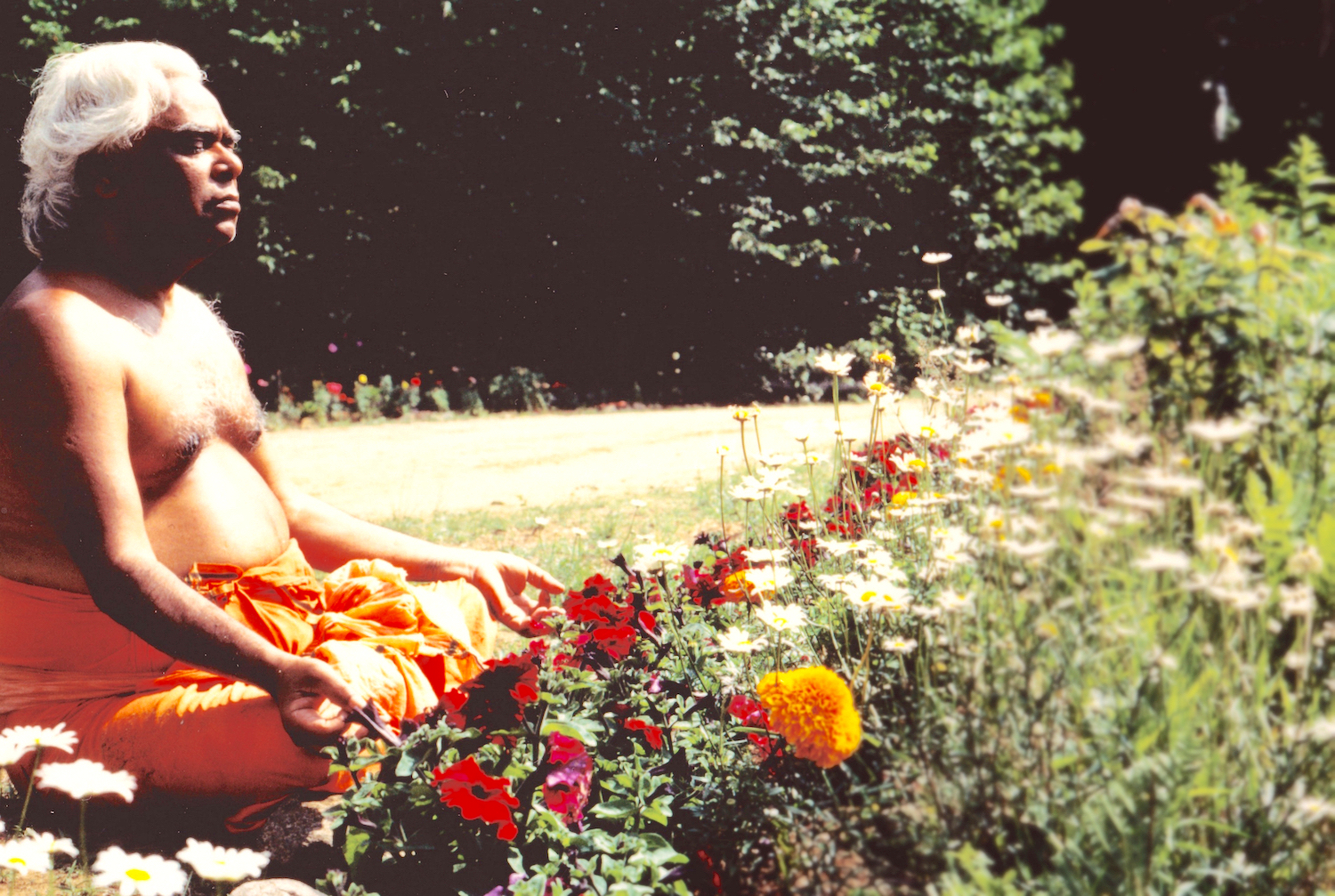The Yoga of Mind & Meditation
Rāja Yoga, a scientific approach of regulating the thought waves, is the third of the Four Paths of Yoga, and it is where we begin to transform all our mental and physical energy into spiritual energy.
The chief practice of Rāja Yoga is meditation. Compiled by Patañjali Maharishi, Rāja Yoga is also known as Ashtanga Yoga because its practices can be divided into eight limbs, each limb developed to bring the body and thought energy under control.


The Eight Limbs
Ashtanga is the step-by-step approach to Yoga. Systematically the mind is analyzed and techniques are applied to achieve higher states of consciousness. Let us begin by starting with the basic framework of this Rāja Yoga:
- Yamas – Restraints
- Ahimsa: non-violence, non-injury
- Asteya: non-stealing, non-covetedness, lack of jealousy
- Brahmacharya: chastity, sublimation of the sexual energy
- Aparigraha: non acceptance of bribes
- Niyamas – Observances
- Saucha: purity (external and internal)
- Santosha: contentment
- Tapas: austerity
- Svādhyāya: study of religious scripture
- Ishwara Pranidhana: worship of God or the Self or the Mantra – a complete surrender of the ego
- Āsanas – Steady Pose
- For spiritual practice, as for any other pursuit in life, a healthy and strong system is essential. Steady mind presupposes steady body.
- Prāṇāyāma – Control of the Vital Energy
- The physical nerves as well as the astral energy tubes (the nadis) must be pure and strong enough to withstand various mental phenomena and disorientations that can occur during practice. In the process of turning the mind inward, old negativities may surface. By continuing to practice, their disruptions will lessen over time.
- Pratyahara – Withdrawal of the Senses from Objects
- Disconnecting the mind from the outgoing tendencies of the 5 senses: taste, sight, touch, smell, and hearing.
- Dhāraṇā – Concentration
- Concentrating the mind upon either an external object or an internal idea, to the exclusion of all other thoughts.
- Dhyāna – Meditation
- Meditation is defined as an unbroken flow of thought towards God or the Self or the Mantra, to exclusion of all other sensual perception.
- Samādhi – Super-Conscious State
- It is sublime beyond description: beyond the mind to grasp. Samādhi transcends all ordinary, sensory experience as well as time, space, and causation. According to Yogis, Samādhi is connecting in the Oneness of life itself, and represents what all beings are moving toward.

